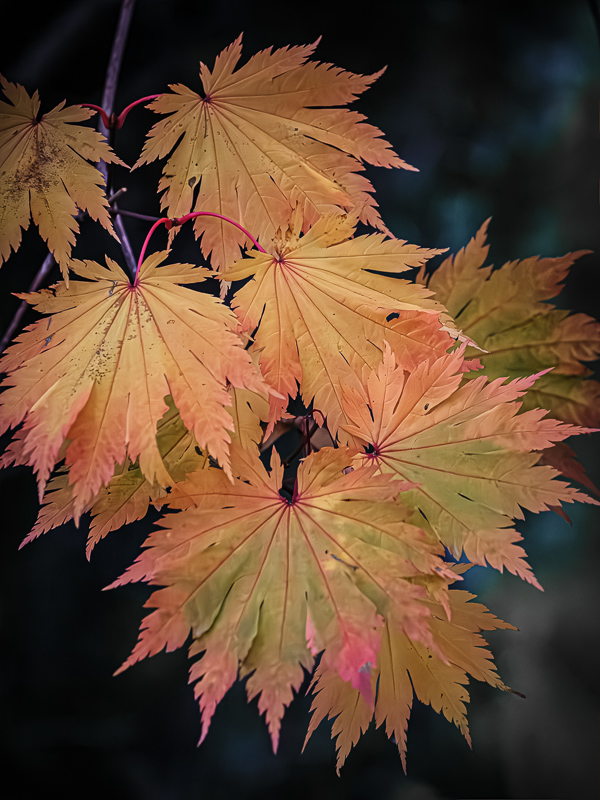Every Picture Is a Compromise
Lessons from the Also-rans
Most photography websites show the photographer's very best work. Wonderful. But that's not the full story of a creative life. If we want to learn, we'd better pay attention to the images that aren't "greatest hits" and see what lessons they have to offer. Every picture is a compromise — the sum of its parts, optical, technical, visual, emotional, and even cosmic – well, maybe not cosmic, but sometimes spiritual. Success on all fronts is rare. It's ok to learn from those that are not our best.
This is a series about my also-rans, some of which I've been able to improve at bit (i.e., "best effort"), none of which I would consider my best. With each there are lessons worth sharing, so I will.

Previous image | Next image |
Original digital capture

Variations Week
Whenever I'm out photographing and just "gathering assets," I never know or can predict how I will eventually use an image in a project. Will I need a vertical or a horizontal composition? Because I don't know, I find it useful to capture both. The same for close vs far, wide angle vs telephoto, shallow vs deep depth of field. This week, I'll post examples of this strategy that emphasizes flexibility.
What I saw that I liked:
This is a lovely bush in the Japanese garden near Acadia National Park.
An example of note:
The above horizontal was the first capture, but when I rotated the camera to get a vertical composition, I just couldn't make it work. I knew I wanted to have the flexibility of choice, so I simply looked for another branch in a different part of the tree that would make a vertical shot. I still have the choice and because these are two different areas of the tree, I can easily use both shots in a project without it appearing repetitive. |
|


